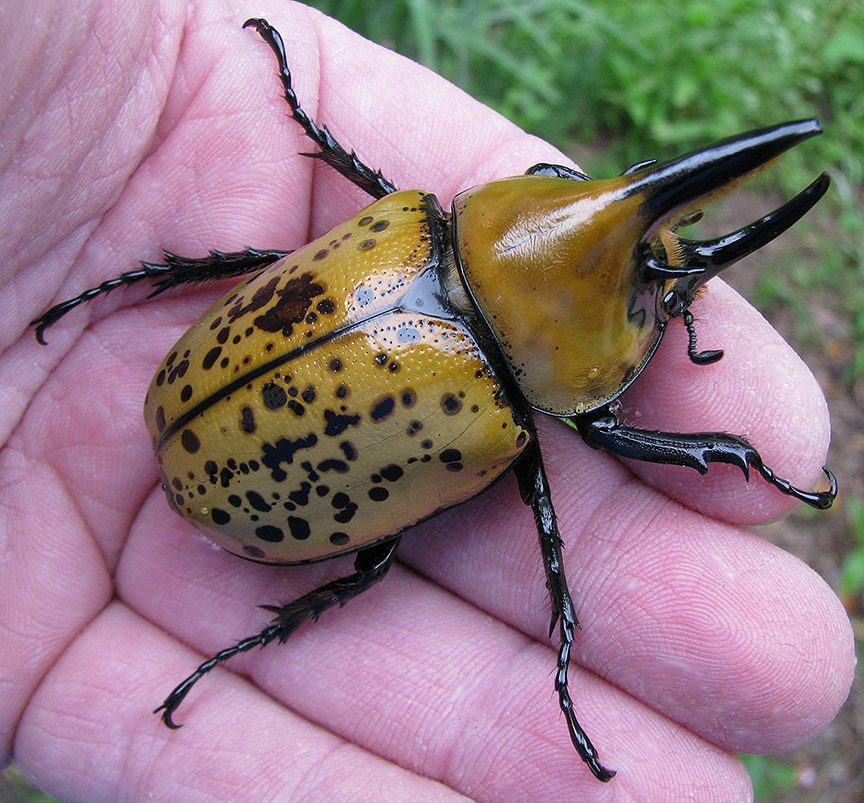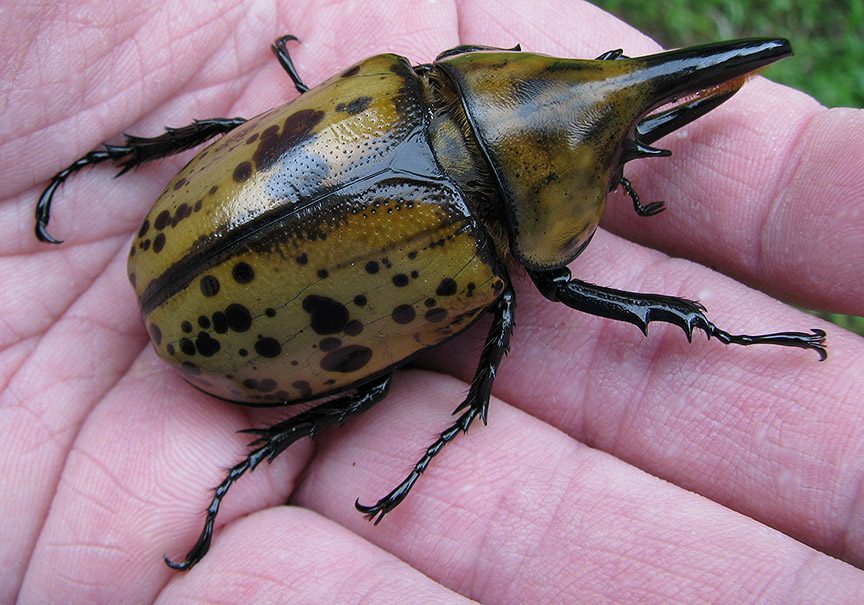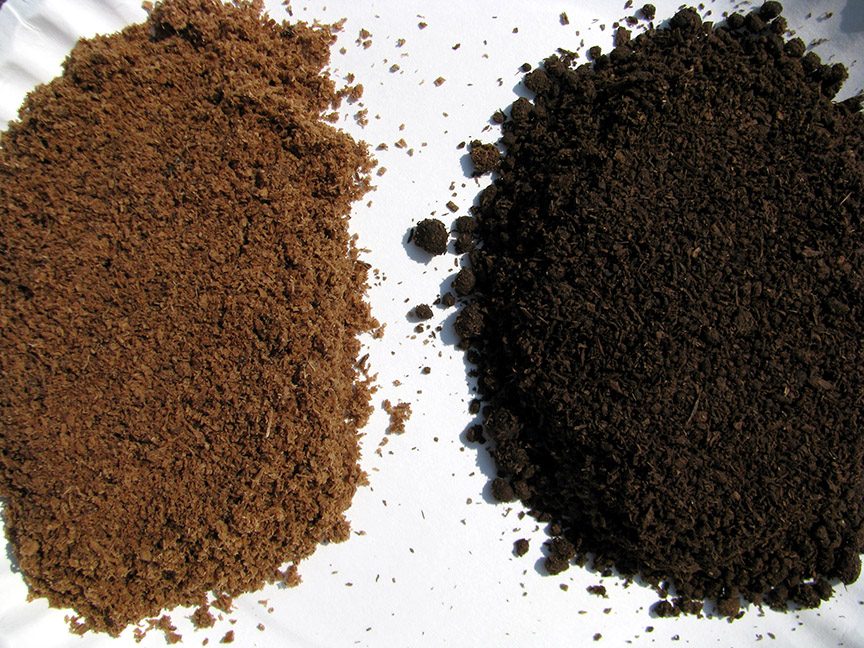|
|
Post by livingplanet3 on Apr 27, 2021 14:17:48 GMT -8
A couple of nice Dynastes tityus males that I had emerge today - huge size, and with great horn development; some of the best examples of this species that I've ever produced. They took around 14 months to go from eggs to adult emergence -   |
|
|
|
Post by exoticimports on Apr 27, 2021 15:32:05 GMT -8
Impressive! And lots of patience.
Chuck
|
|
|
|
Post by trehopr1 on Apr 27, 2021 16:46:38 GMT -8
Now that is indeed an impressive accomplishment !
Those are beautiful...
D. tityus is my absolute favorite North American beetle to collect. I have never raised any myself but, at least once a summer I go to the southern reaches of my state (ILL.) in the hopes of wild collecting some.
Of course, it is all chance collecting and I now really only have a half a dozen places left where I stand any real chance of finding them anymore. That is largely because all of the lighting has now been switched over from mercury vapor light bulbs to sodium vapor, halogen, and led lighting; none of which attracts them.
These make wonderful pets and all I ever had to do was feed them slices of peaches and as such I have kept them alive upwards of over 5 months after collecting them in July. My children (when they were younger) absolutely loved holding them.
Happy that you have had so much good fortune in raising them through; as I am sure that task in its own right is daunting for most of us...
Bravo...
|
|
|
|
Post by kevinkk on Apr 27, 2021 18:59:47 GMT -8
Super looking beetles, they do take patience to raise, or at least that's what I've been finding out.
|
|
|
|
Post by jellybean on Apr 28, 2021 0:52:42 GMT -8
Incredible photos. What camera did you use?
|
|
|
|
Post by 58chevy on Apr 28, 2021 7:43:31 GMT -8
Great job! What's your secret formula? How big (in mm)?
|
|
|
|
Post by livingplanet3 on Apr 28, 2021 9:02:45 GMT -8
...Happy that you have had so much good fortune in raising them through; as I am sure that task in its own right is daunting for most of us... Fortunately, this species is rather easy to rear in comparison to many other beetles. They do take some time, but really aren't demanding at all. In the larval stage, they only need attention every few months, when it's time to replenish their substrate. I've been maintaining the same culture of tityus (with no addition of any new genetics) for 18 years now, with no signs of any inbreeding issues. The two males in the photos however, are from a new, completely separate genetic group that I started working with more recently. My original culture's color is a slightly darker shade of green, and the new one is more yellow-green. The spotting is also somewhat different between the two cultures. The lighter-colored one has a greater tendency to produce individuals with one or more extra large, irregularly-shaped (cluster) spots. In my other culture, the spots are typically smaller and more evenly distributed, and occasionally, a nearly spotless individual (usually female) turns up. Incredible photos. What camera did you use? (8.0 mega pixel), from 2007. It's getting a bit old by modern camera standards, but works well for most of what I need to take photos of. Great job! What's your secret formula? How big (in mm)? Fermentation-treated hardwood sawdust ("flake soil", as it's called in the hobby). These two are 69 and 68 mm (measured with calipers). The only larger tityus specimen I've seen was another captive-reared one, at 70.75 mm ( assuming that the breeder was accurate in the measurement). |
|
|
|
Post by 58chevy on Apr 30, 2021 12:13:52 GMT -8
Where do you get the fermentation-treated hardwood sawdust?
|
|
|
|
Post by livingplanet3 on Apr 30, 2021 12:41:34 GMT -8
Where do you get the fermentation-treated hardwood sawdust? I make it from commercially available BBQ grill pellets, which immediately expands into sawdust when wetted. Fermentation is achieved by thoroughly mixing the sawdust with a particular ratio of wheat flour and water, plus a bit of old substrate to seed it with the necessary microbes. I set this up during the hottest months, since temperature is very important to the process. Fermentation completes in around 4-5 weeks, and the resulting material is then allowed to sit for several more months to fully mature and become ready to use, by which point it's changed from tan to dark brown. Here's a photo of the sawdust before and after treatment -  |
|
|
|
Post by exoticimports on May 2, 2021 16:13:28 GMT -8
That’s dedication!!! Applause!
Chuck
|
|